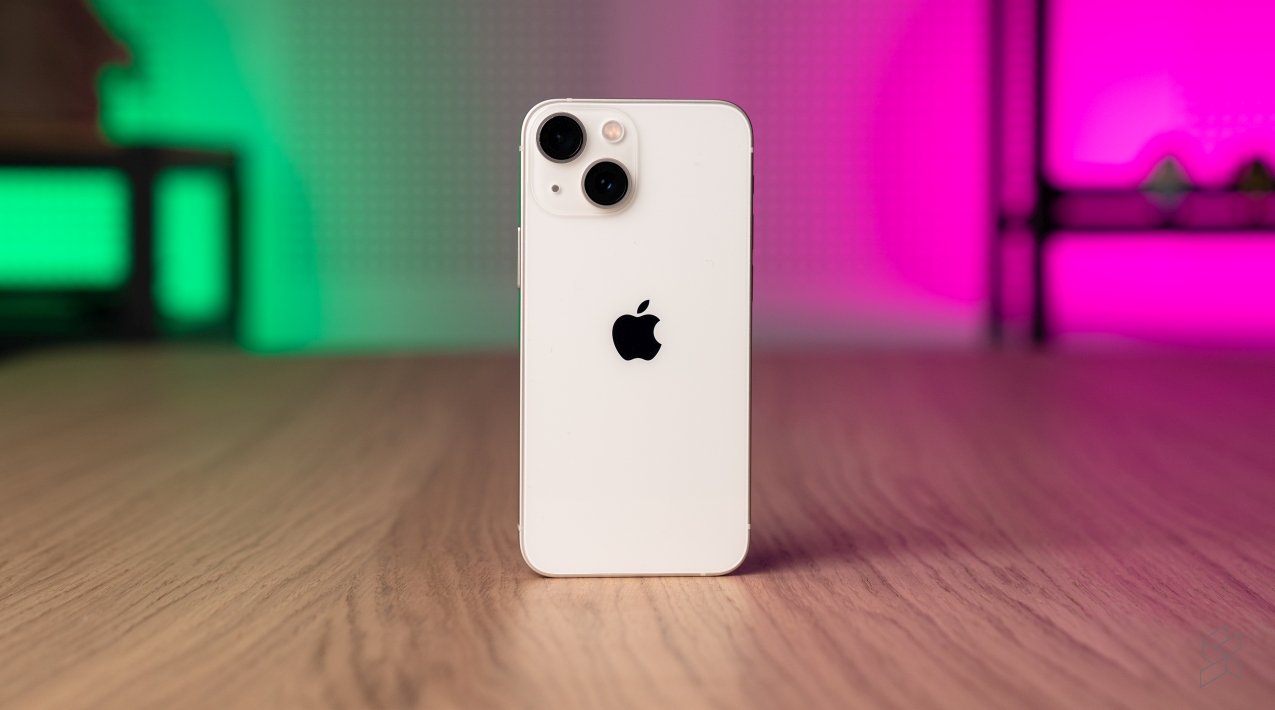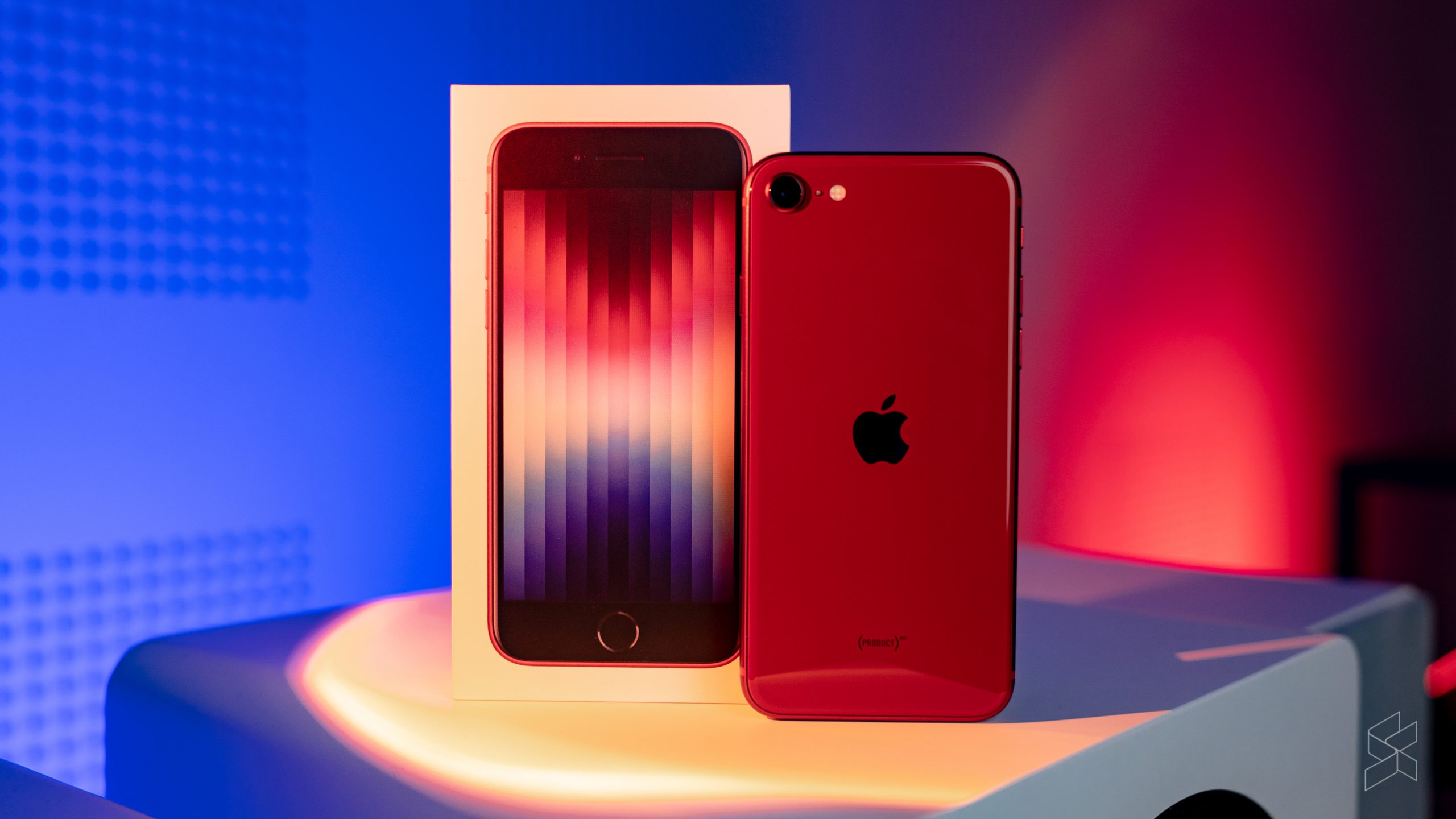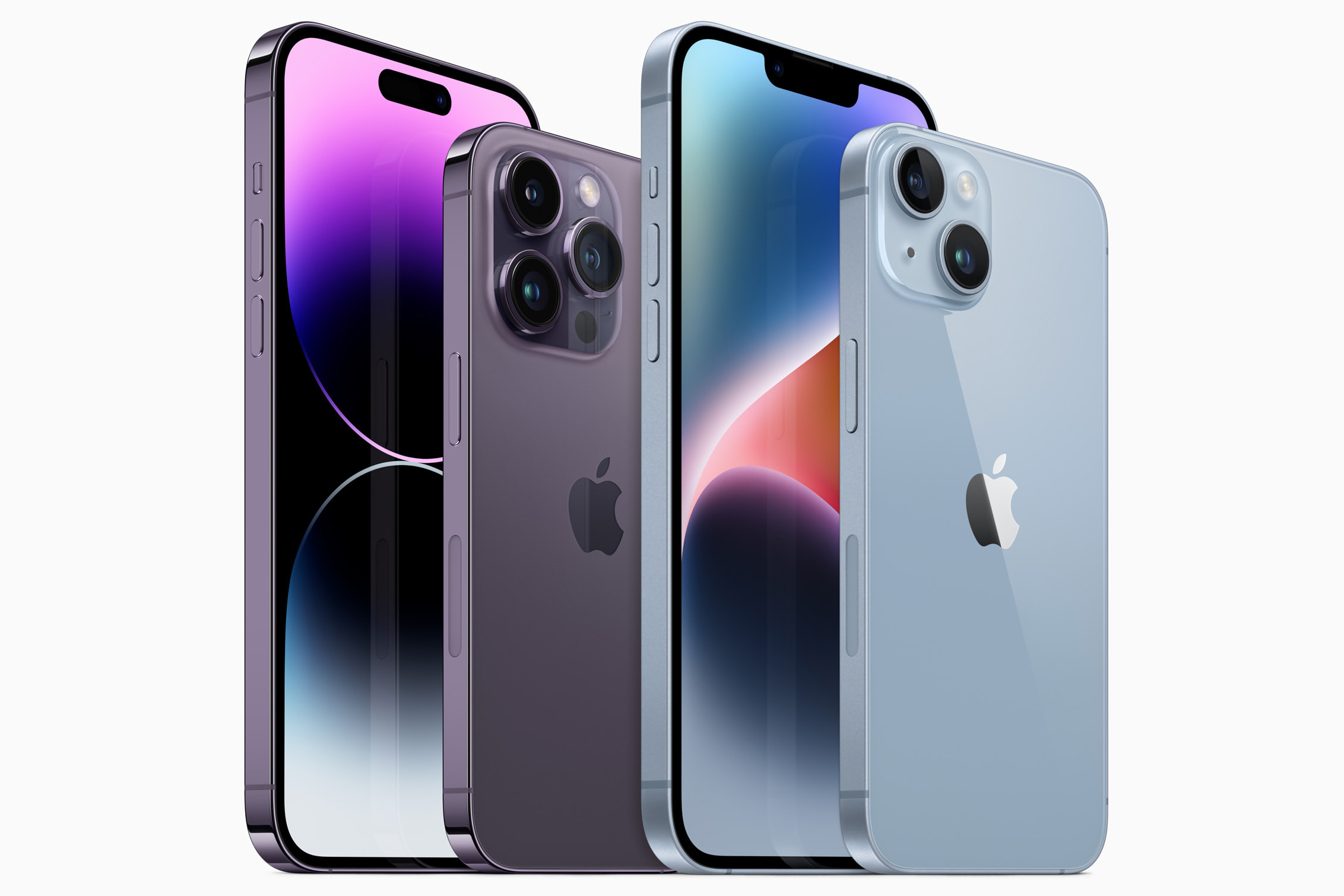Oh dear. We were all expecting the iPhone 14 Plus to be a runaway seller, given how much people love big phones these days. After two years of slow sales, Apple discontinued the 5.4-inch Mini model in favour of the new 6.7-inch variant, believing that the small form factor was preventing the non-Pro iPhones from reaching their true potential. But initial pre-order results are hinting that Cupertino’s gamble may have backfired spectacularly.
Well-known Apple analyst Ming-Chi Kuo reported that while the number of orders for the iPhone 14 Pro Max and 14 Pro are “good” and “neutral” respectively compared to their 13 Pro equivalents, the figures for the regular iPhone 14 models are “bad” against their predecessors, the 13 and 13 Mini. In particular, pre-sales of the Plus are poorer than expected and shows that Apple’s product segmentation strategy has “failed” this year.
Furthermore, Kuo added that even though the “product mix has improved” (we assume this means the Plus isn’t lagging so far behind the regular model like the Mini is), Apple is increasingly likely to reduce supply of the standard iPhone 14 variants – which make up 45% of the series’ overall shipments – unless the situation improves.


As it stands, the iPhone 14 is on track to be in stock on launch day (September 16 for the standard model, October 7 for the Plus), which is actually bad news for Apple and indicative of the phones’ lacklustre demand. By comparison, the Pro models have a delivery time of around five to six weeks. Kuo said pre-order sales are worse than the 13 Mini and even the 2022 SE, and Apple cut orders for both in the first half of this year.
Judging by the phones’ current sales performance, the company could reduce shipments for November and beyond if sales don’t pick up after launch, Kuo reported. This will have repercussions on suppliers’ profits – those that don’t supply parts for the Pro models could see revenues decline in September or October, whereas those that do may beat estimates due to strong demand and higher component prices of the Pro variants.
(2/2)
— 郭明錤 (Ming-Chi Kuo) (@mingchikuo) September 9, 2022
Pre-orders for Apple's high-end products have always been more popular in the early stage. This year's order allocation of Pro models is higher vs. previous years from this survey, reflecting Apple's product segmentation strategy change (only Pros receive major updates).
The poor demand for the regular iPhone 14 models could also have a negative impact on Apple’s own profitability, as the lower orders could offset the gains made in raising the iPhone’s average selling price (ASP) by culling the cheapest Mini version.
We can think of a few reasons why the standard iPhone 14 – and especially the Plus model – is selling so poorly. The lack of any meaningful changes (slightly better cameras, crash detection, no new chip) is one thing, but Apple also shot itself in the foot by pricing the 14 Plus so closely to the 14 Pro.

In the US, there’s just a USD100 (RM453) difference between the two phones, and while the gulf grows to RM600 in Malaysia, it’s still a reasonable sum of money. Sure, you lose 0.6 inches of screen real estate, but in return you gain a new A16 Bionic chip, a far better main camera, a telephoto camera, a 120Hz ProMotion display and the headline-grabbing (and terribly named) Dynamic Island.
Apple also not only kept the iPhone 13 and 13 Mini in the lineup but trimmed the prices by USD100 (RM200 in Malaysia). This made the older models even better value, especially as most people probably wouldn’t notice or care about the new features. It didn’t help that the iPhone 14 series in general got a price hike in most markets, even though they stayed the same in the US – in Malaysia, even the most basic 14 now costs over RM4,000.
Looking to pre-order your iPhone 14 or 14 Pro? You can do so starting on Malaysia Day on September 16, ahead of the start of sales on September 23 (October 7 for the 14 Plus).








